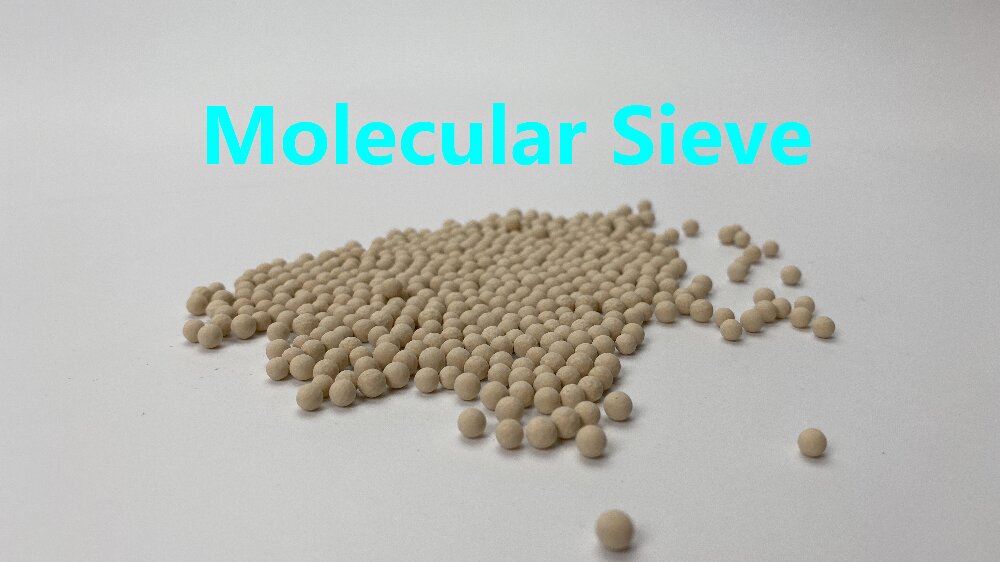Molecular sieves are highly versatile adsorbents with capabilities extending far beyond simple water removal. Their core functionality lies in selective adsorption based on molecular size and polarity, making them exceptionally powerful and functional materials. Consequently, their applications span numerous fields, including petrochemical processing, air separation, environmental remediation, refrigerant drying, medical oxygen supply, and household dehumidification.
In simple terms, molecular sieves can adsorb:
Molecules less polar than water: When water is absent or present in very low concentrations.
Molecules with a diameter smaller than their pores: Enabling the precise “sieving” or screening of molecules.
Below is a detailed breakdown of other substances molecular sieves can adsorb, with specific examples:
1. Other Polar Molecules
This represents the most common application beyond water removal, as molecular sieves have a strong affinity for polar molecules.
Gases:
Carbon Dioxide (CO₂): Commonly used for CO₂ removal in natural gas purification, biogas upgrading, and confined-space air revitalization.
Hydrogen Sulfide (H₂S): Employed in the desulfurization of natural gas and refinery gases.
Ammonia (NH₃): Used for purifying and dehydrating ammonia in industrial processes, or for ammonia removal in air purification.
Carbon Monoxide (CO): Utilized in specific industrial separation processes.
Sulfur Dioxide (SO₂): Applied in environmental protection areas, such as flue gas desulfurization.
Liquids:
Alcohols: Such as ethanol and methanol. Frequently used for the deep dehydration of ethanol to produce fuel-grade or reagent-grade absolute alcohol.
Ketones: Such as acetone.
Unsaturated Hydrocarbons: Such as acetylene, ethylene, and propylene. These molecules possess polarity and are readily adsorbed.
It is important to note that the adsorption capacity of molecular sieves is not static. In the presence of water, which is highly polar, molecular sieves will preferentially adsorb water. Therefore, for applications targeting the removal of other specific substances, a deep dehydration step is often required first.
Explore more adsorbent applications with JOOZEO.
Post time: Oct-24-2025


